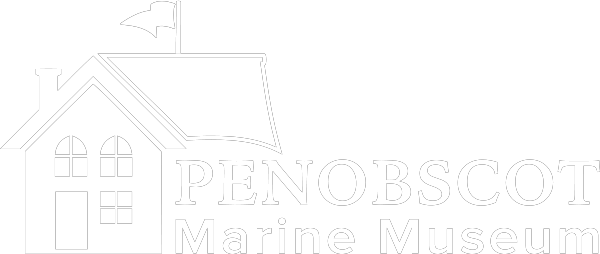Special Events at PMM
Lectures, Workshops, Events
You’re invited to join us at Penobscot Marine Museum for our ongoing series of special events! For more information, contact Jeana Ganskop, Education Director, at 207-548-2529 or jganskop@pmm-maine.org.

- This event has passed.
October Speaker Series on Zoom: Kosti Ruohomaa and Maine’s Bygone Log Drives with Digital Collections Curator Matt Wheeler
October 8, 2020 @ 6:00 pm - 7:30 pm


October 8
6pm
Free, registration required
In the early days of interior commercial logging, passage by river was the sole means of moving timber from stump to sawmill. By the time photojournalist Kosti Ruohomaa photographed a series of Maine log drives in the 1950s, river driving was only used on remote stretches of water where roads had not yet been built or improved for large trucks. It was labor intensive: skilled crews ushered logs downstream with hand tools, relying on strength, agility, mettle, and “keeping your head in the game”. The work was a spectacle and made for dynamic photographs; this was good fodder for Ruohomaa’s camera.
Using a selection of these images, PMM Digital Collections Curator Matt Wheeler will give us a glimpse of a lost enterprise; the subculture that grew up around it has made a lasting image in our historical mind’s eye. Register
Help support programs like this by becoming a member or making a donation.
This programming has been made possible in part by the National Endowment for the Humanities: Exploring the human endeavor. Any views, findings, conclusions, or recommendations expressed in these programs, do not necessarily represent those of the National Endowment for the Humanities. Visit the National Endowment for the Humanities website here https://www.neh.gov.


